Rent boys, famous friends and his death from AIDS
The double life of Rock Hudson is laid bare in a documentary that shows how aides procured men for his pleasure and much of Hollywood rejected him
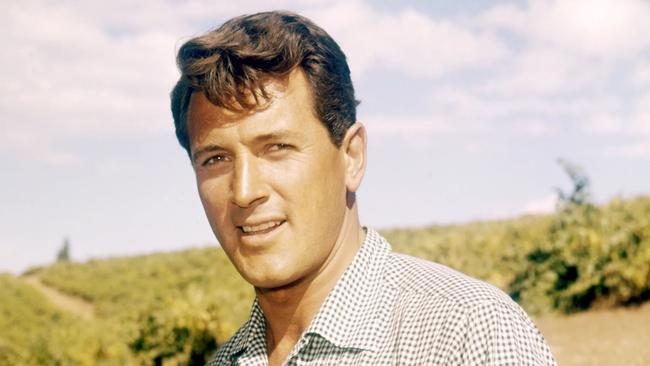
The most celebrated Rock Hudson moment? Some say it’s when he faces off against James Dean in the wine cellar in Giant and growls: “You had this coming to you for a long time.” Others say it’s the showpiece “drunk” sequence in Magnificent Obsession. Or what about Pillow Talk, when he flirts with Doris Day over the phone, both reclining in separate bathtubs in separate apartments, but connected, foot to foot, by a clever split-screen line? To that list we must now surely add another phone conversation, culled from real life and included at a key moment in the new documentary Rock Hudson: All That Heaven Allowed.
It’s an audio recording from 1974 of a Hudson acquaintance and low-level Tinseltown player arranging the delivery to the star’s home of a young studio employee, solely for the purpose of sex. “He works at Paramount and he works out,” the fixer says, adding: “He’s just a damn fine boy.” Hudson, casual as can be, as if ordering a pizza, then asks: “How’s the equipment?” The fixer, also casual but serious, replies: “The equipment is about nine inches, I guess. And he’s very good in that department.” Hudson seems pleased by this and the call ends with politeness and an affirmation that the damn fine boy can be readied for consumption.

The call, innocuous yet scandalous, has a bombshell quality to it. Hollywood whistleblowers have for ever claimed that the movie business is a seedy world of sexual decadence and untrammelled egomania, yet powerful industry myth-making has been so effective that most accounts of even mildly aberrant sexual behaviour are greeted with scepticism and disbelief - it’s partially why abuses go unchecked for so long. Hudson is a perfect illustration of this strange doublethink. The classic screen actor, although closeted in his lifetime, was famed for his reported carnal appetites and being, as he is described in the documentary, “a sexual gladiator”. Yet the weight of his wholesome screen work and matinee idol status is so profound that these allegations never fully made sense. Until this tape.

“Oh God, what a find,” Stephen Kijak, the film’s director, says from his home in Los Angeles. “If you really do your research there’s so much more to learn about Rock and his sex life, so this shouldn’t come as a shock. And yet it kind of does in a weird way. And it’s not the only one. There were a couple of other recorded calls about a couple of different chaps, but we went, in the end, with Mister Nine Inches at Paramount. And what does it say? People had sex. Gay men had sex. And rich gay men procured younger attractive gay men. That was the world they lived in. It’s not a surprise but, yes, it also rips the lid off.”
Kijak, who directed the award-winning musical documentary Scott Walker: 30 Century Man, has constructed an expansive and painstaking examination of Hudson’s life and work. It’s filled with personal testimony from former friends, colleagues and lovers, but also balanced by insights and analyses, specifically on the importance of Hudson’s screen persona at a time (the 1950s) when postwar movie audiences were being fed the exploits of rougher, tougher macho men (John Wayne, Kirk Douglas etc).
Hudson, a 6ft 4in midwesterner, seemingly carved from granite, became a global phenomenon in melodramas such as Written on the Wind and Come September by playing an idealised suitor opposite a series of A-list actresses including Lauren Bacall and Gina Lollobrigida. The key to his heterosexual dreamboat character, say several observers in the documentary (including his co-star Piper Laurie), is the flicker of insecurity that he brings to his performances. This flicker, it is implied, comes from the tension within and hiding his sexuality from Hollywood and the wider world.
“I think him being gay was the secret ingredient that made it all work,” Kijak says. “It gave him that extra level of access within these relationships with women on screen. There’s nothing threatening about Rock Hudson for them. He’s your best friend, but you get to smooch him on camera. He allowed you in. That’s why people were drawn to his sensitivity.”
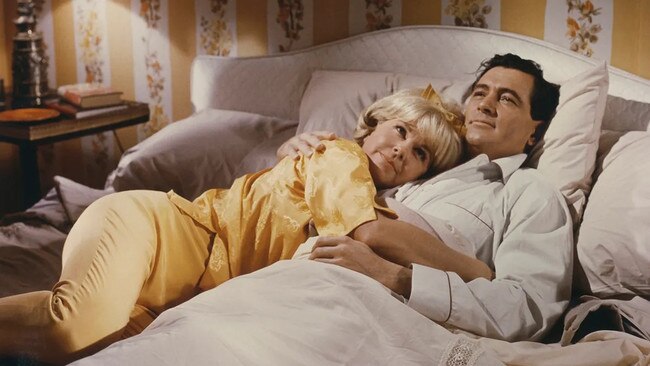
The phone tapes, in this context, are vital for illuminating the immensity of the gap between Hudson’s swoon-worthy screen persona - the soft-spoken fantasy husband for women everywhere - and the reality of a voracious, pleasure-loving man who regularly hosted raunchy pool parties at his hacienda-style home, the Castle. Kijak explains that the tapes were a “last-minute” find, uncovered at the UCLA library archive in California among the personal effects of, “a guy, a gay man, who had done some acting and producing. And normally you go to these university libraries and you search the name ‘Rock Hudson’ and you go through all the listings and you’ll get, say, an autographed picture of Rock Hudson and that’s it. But with this listing there was a box of cassettes that nobody had bothered listening to and that I thought might be a lost interview. But when I listened to it I immediately knew, of course, that it wasn’t an interview. It was, instead, a marvellous little piece of history.”
More importantly, why does he think the phone call was recorded? “Probably because we were in a world of blackmail back then, and he planned to cash in at some future point.”
The documentary traces Hudson’s professional rise and career disappointments, including crucially losing the 1957 best actor Oscar race to Yul Brynner. Hudson had delivered a complex and subtle performance in the oil industry epic Giant, yet Brynner beat him to the podium for a fantastically corny turn (that has not aged well) in The King and I. It was a disappointment from which Hudson never quite recovered. Although he had several subsequent action hits, including Ice Station Zebra and Tobruk, and gave a celebrated performance in John Frankenheimer’s Seconds, he began a slow drift into second-rate TV in the 1970s, culminating in his ignominious final stint on the Eighties soap staple Dynasty.

His diagnosis with Aids, in 1984, is also tackled, as is the incident the next year, just before his death, when he was desperate to return home from a treatment centre in Paris, but all the airlines refused to fly him because of his illness. He was forced to hire an Air France 747 at a cost of dollars 250,000. “That was kind of shocking,” Kijak says. “He wanted to die at home, but nobody would fly him. The US president Ronald Reagan, his friend, wouldn’t help him. There was certainly no military assistance to get home. Nobody wanted anything to do with Aids. Not even Rock Hudson with Aids. He was left to fend for himself and anyone of lesser means would have died in France.”
During all this personal drama Hudson’s denial of his sexuality is remarkable, and indeed the contemporary viewer might be forgiven for finding him a baffling and inscrutable character who simply refuses, even on the point of his death, to acknowledge his true self. “The closet was so nailed shut for him, and guys like him, that he was comfortable with it,” Kijak says. “He’s white, he’s rich, he’s famous. There is literally no benefit to coming out. It’s not even an option. It’s not a question of, ‘What are the stakes?’ It’s, ‘What’s the point?’”
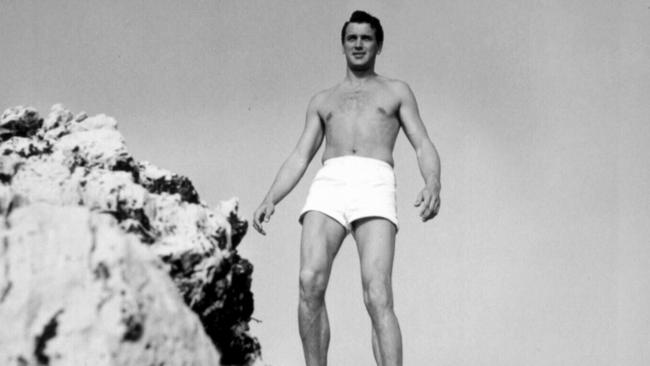
The film ends on the cultural impact of Hudson’s death, how he changed perceptions around Aids victims, how his death forced the subject into the mainstream, and how he became a graphic focal point for the messaging of fundraisers round the world. Indeed, Kijak says, the producers suggested early on that the documentary be titled “The Accidental Activist”, but he shut down that idea, claiming that it was confusing Rock Hudson with the “Rock Hudson effect”. “We can’t tell what his intentions would have been around activism,” he says. “But the after-effect was undeniable. The awareness and the ability of people to start getting their heads around this was helped enormously by him. People just forget that now.”
In fact, the lasting legacy of Hudson, Kijak adds, is one that intertwines the work, the life and the death. “He is up there with James Dean and Marilyn Monroe as one of the greats,” he says. “They died young and stayed pretty, but his movie legacy was blunted by dying of Aids so publicly and horribly. As an actor, when he’s great on screen he’s really great. As a man, he’s a mid-century character who ran into a cultural moment for which he was not prepared. And yet, still, he did a lot of good from the other side.”


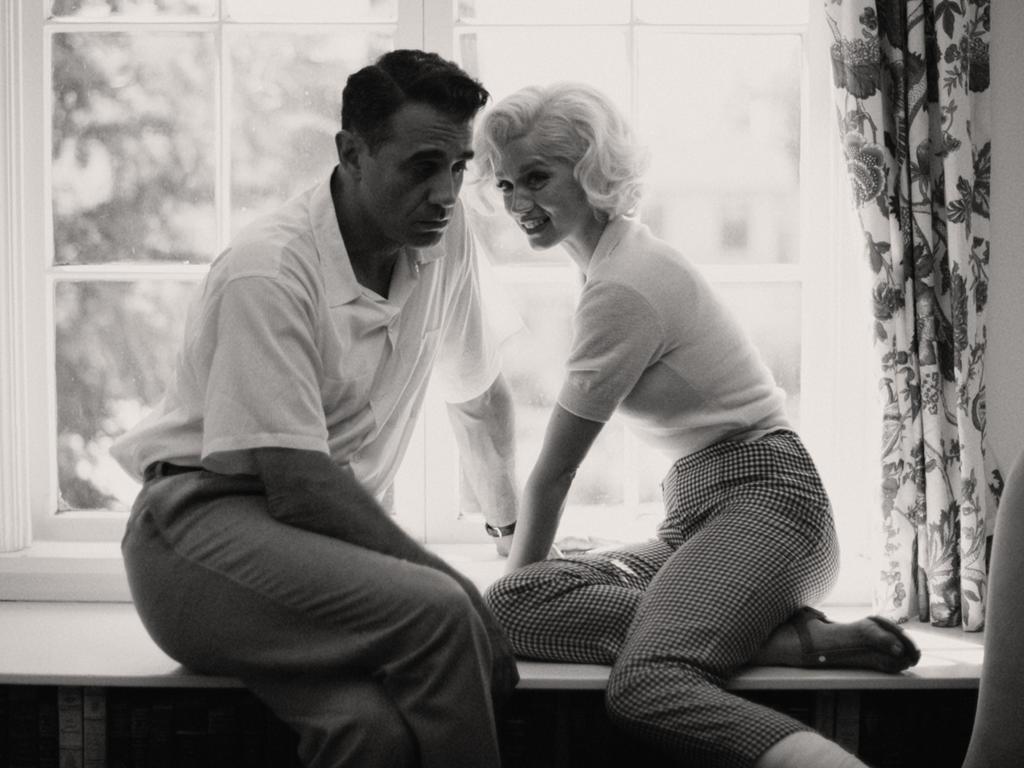
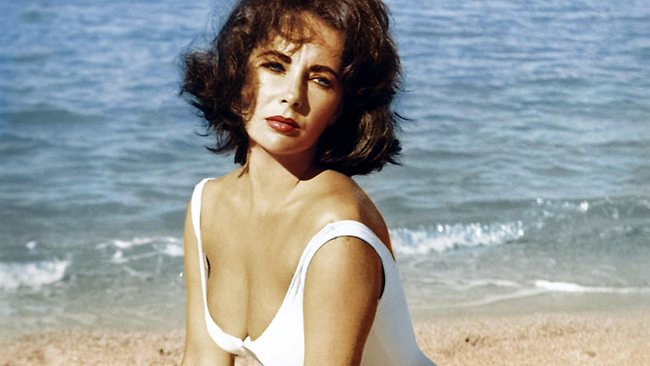

To join the conversation, please log in. Don't have an account? Register
Join the conversation, you are commenting as Logout